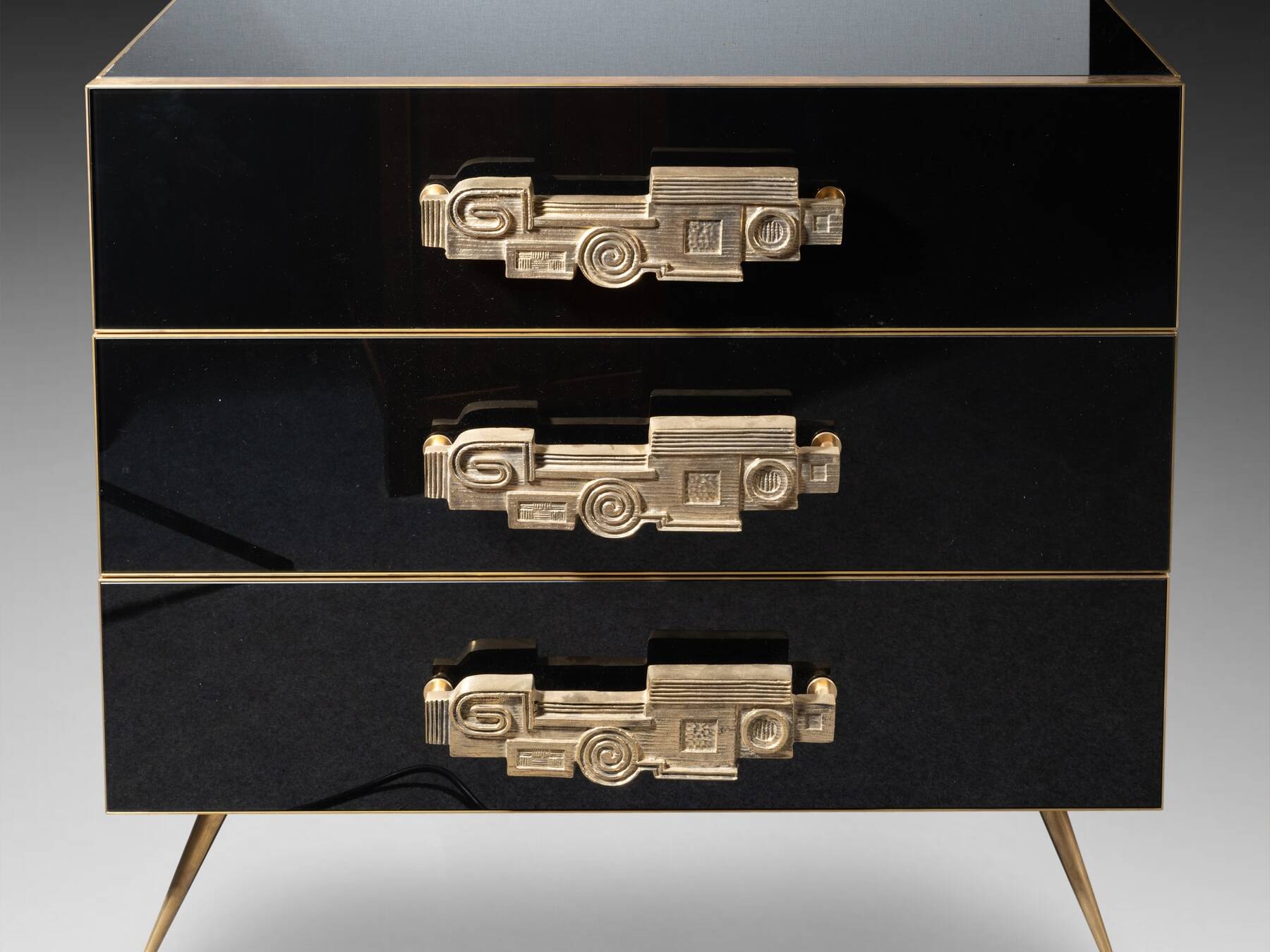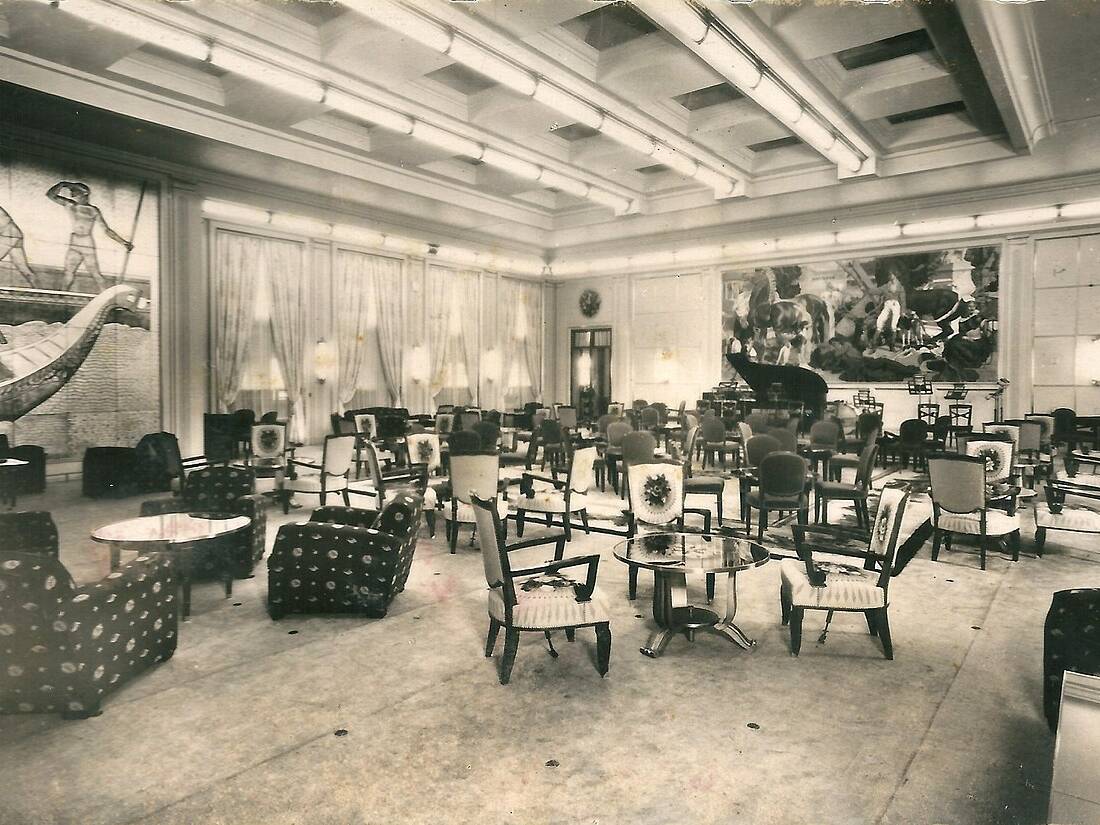The seats of Provence and the influence of the 18th century
The 18th century, especially in its second half, was a prosperous period for Provençal furniture. Steeped in the rococo movement, the furniture declines animated motifs before settling down with theLouis XVI style, in particular on the seats, from the chairs to the benches and sofas. The two styles coexist not only in upper and lower Provence, but this vast southern region also benefits from Italian influence, that of Genoa in particular.
Color and movement are more specific to lower Provence, less subject than the upper region to the rigors of the climate and the rugged geography. If the two agree on seats that are often very sober, solid and functional, one must recognize in the maritime region a more joyful spirit, as well as a flexibility that is as comfortable as it is pleasing to the eyes.
The wood is chosen from local species. Either walnut, or fruit, mulberry, beech, oak or poplar, it can be painted or rechampi but it is often preferred natural and well waxed.
Traditionally, the armchair (known as Fautuei), the chair (or Cadiero) or the bench (also known as Radassié) are straw and trapezoidal in shape. Often, the deep and low seat is particularly comfortable, especially if it is lined with a thick cushion.
Some typologies stand out from classic furniture:
Armchairs « à la bonne femme »
These are the largest armchairs, very wide, they are reserved for elderly women who can lean on the armrests for their sewing works. They are traditionally placed very close to the hearth.
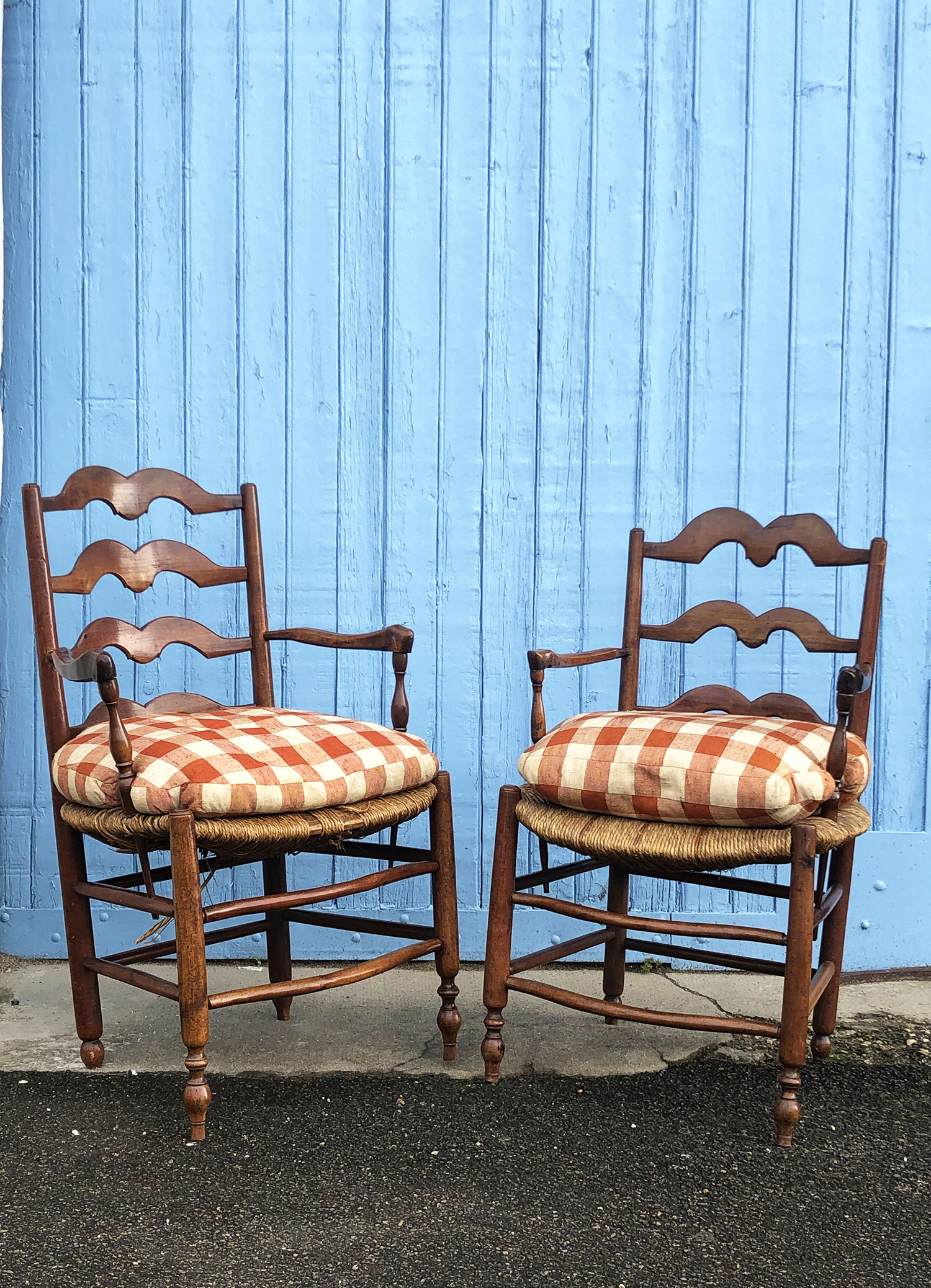
The provencal radassié or radassier
A straw bench with three or four seats, the radassié seems to be made from the assembly of three or four armchairs glued to each other! The armrests delimit each space and their backrests take up the characteristics of traditional armchairs with three or four slightly scalloped strip. The radassiés – whose name is not particularly flattering for those who sit there because “radasse” means prostitue – were placed facing the fireplace, surrounded by armchairs “à la bonne femme”.
Nursing Chairs
They are recognizable at first glance with their very high backrest which allows the mother to fully support herself while the low seat allows her to stretch her legs.
The Low Armchairs
In the kitchens or near the fireplace, there were also very large armchairs with very low seats, only about thirty centimeters high. These armchairs, suitable for the elderly, were generously filled with cushions and are today particularly sought after for their comfort which is suitable both indoors and outdoors when the weather returns.
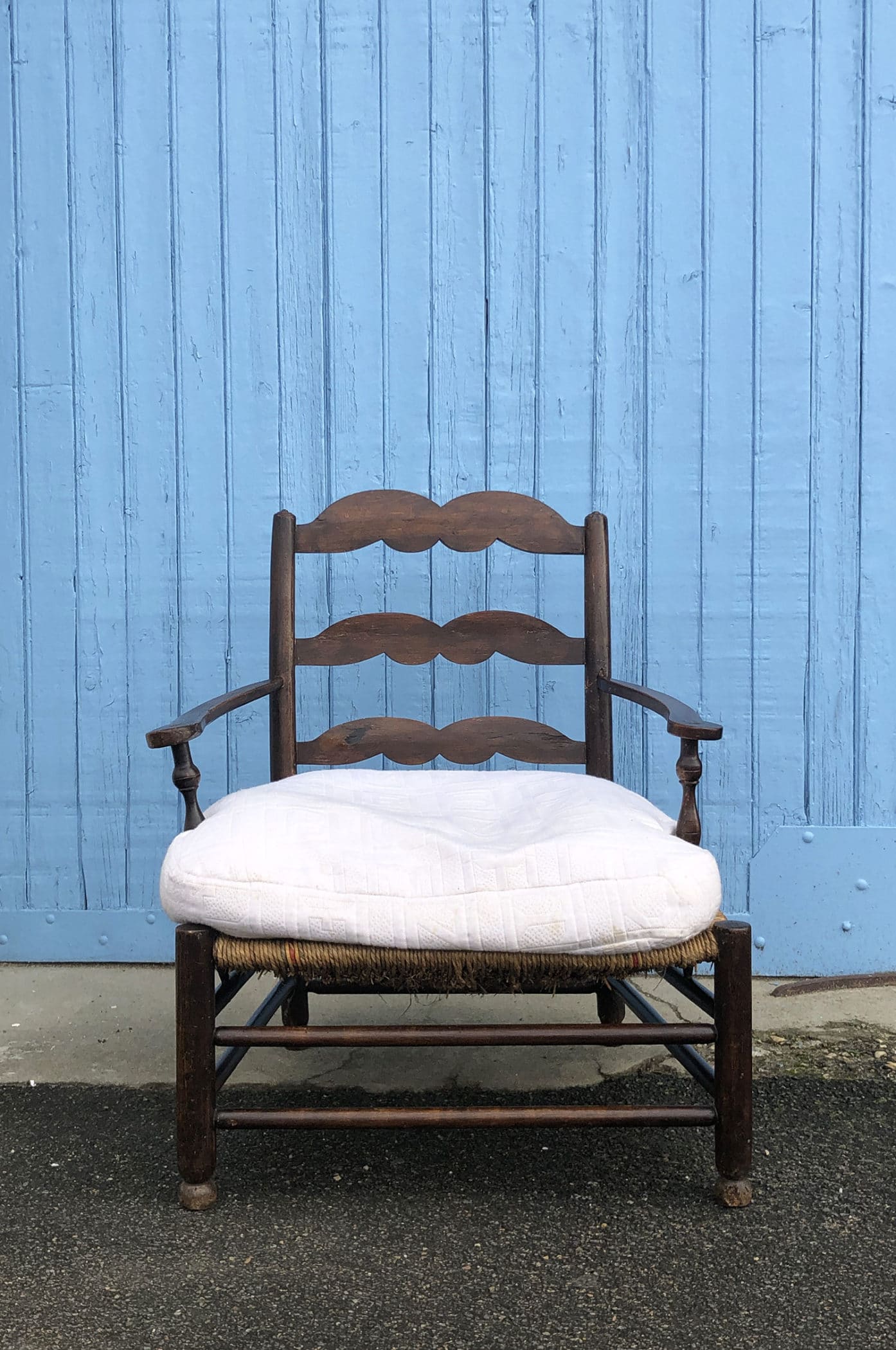
If the furniture is distinguished by different styles – that of Arles or Fourques in particular – it can be said that the seats are generally more refined than the style of Arles, closer to that of Fourques but even more imbued with a sober taste. and popular which make all their charm.
Thus, the files can present moldings or sculptures but more generally sober, molded in the form of strip made of facing volutes. The spindle-shaped wooden uprights are often crowned with an olive.
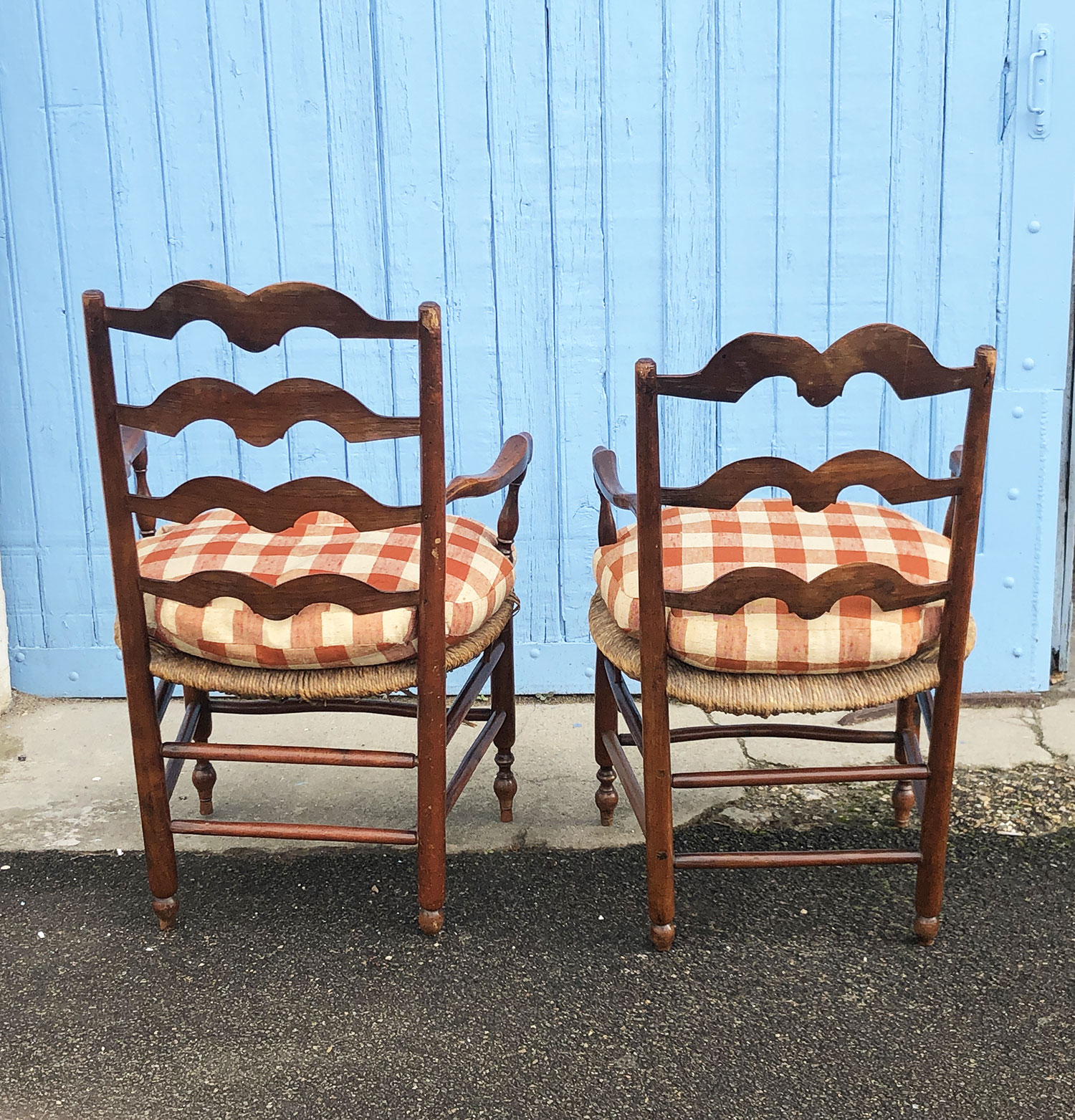
The feet, also sober, are designed in the same style as the uprights; they leave visible, at the level of the armrest console, the assemblies in fine and elegant details.
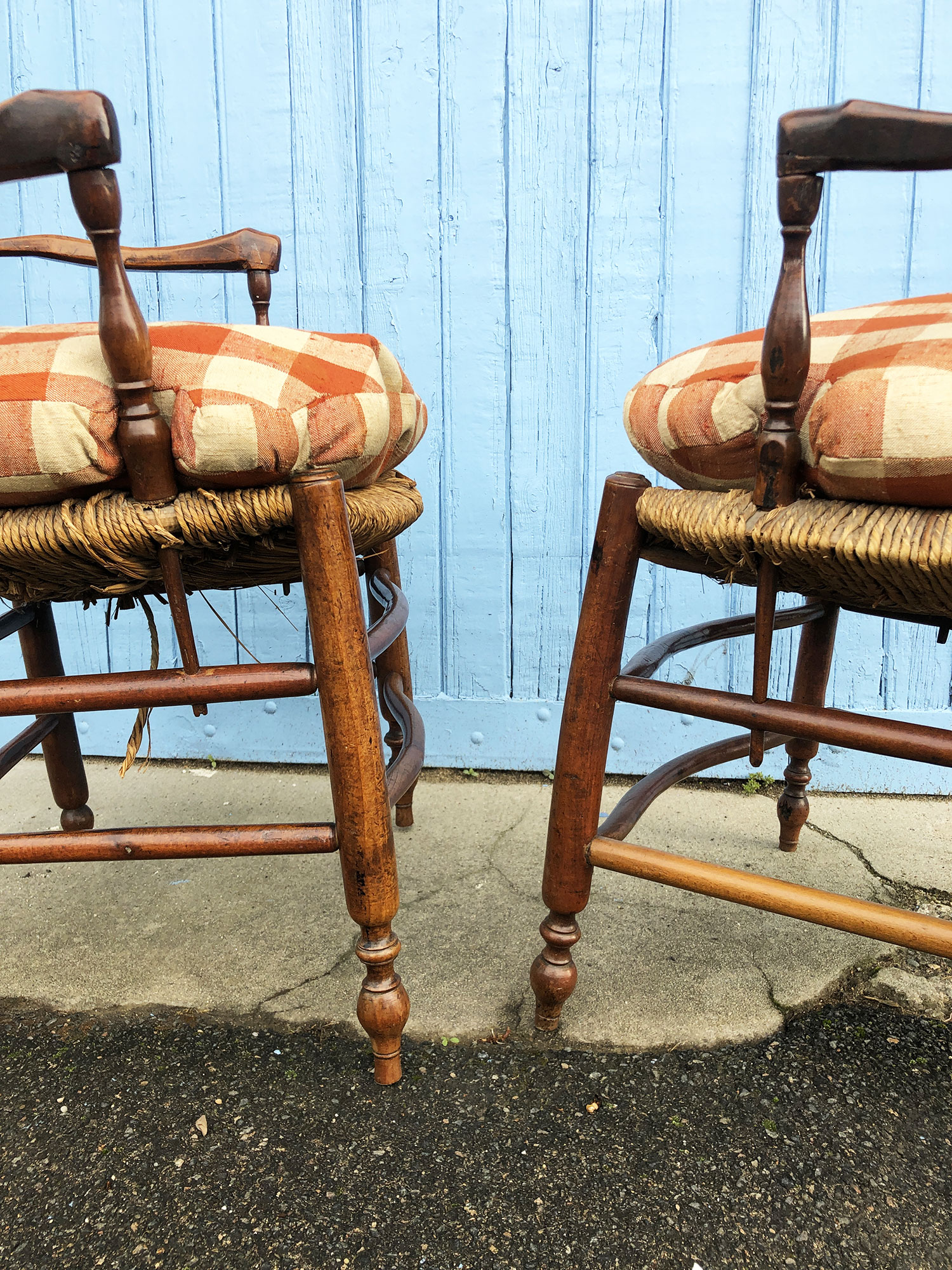
The Straw Seats, Characteristics of the Provençal Armchair
If there is one constant in Provençal seats, it is the straw seat. The latter is – almost – the standard for armchairs, chairs and benches. However, it stands out for the influence that Italy, and more specifically Genoa, had on Provence. If painted or colored furniture could be expensive for popular or rustic use, the straw technique made it possible to bring a little color thanks to braiding or knotting in rye straw.
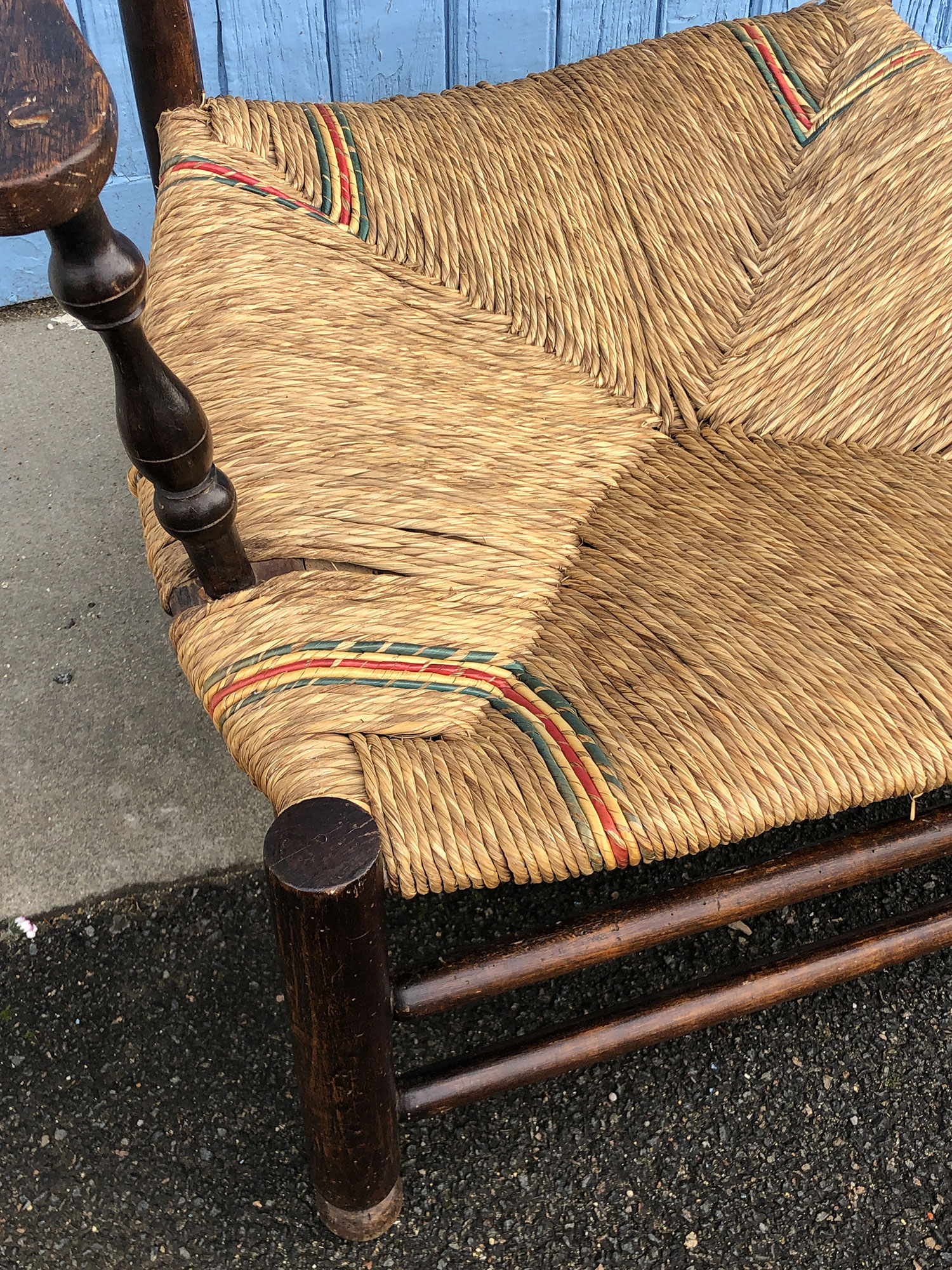
Often in the corners, the polychrome straw comes from an entirely Italian practice and taste. Only rye straw can achieve this result after it has been soaked in a dye bath. Each strand being unique, it has hues that are just as unique and truly make the seat unique. Regularly green or red, the rye straw is braided to create a rhythm. Vegetable dyeing in the 18th and first half of the 19th century was for this furniture an additional blow and its resistance to light depended on its quality. This is why the seats of Provençal straw armchairs are never entirely colored.
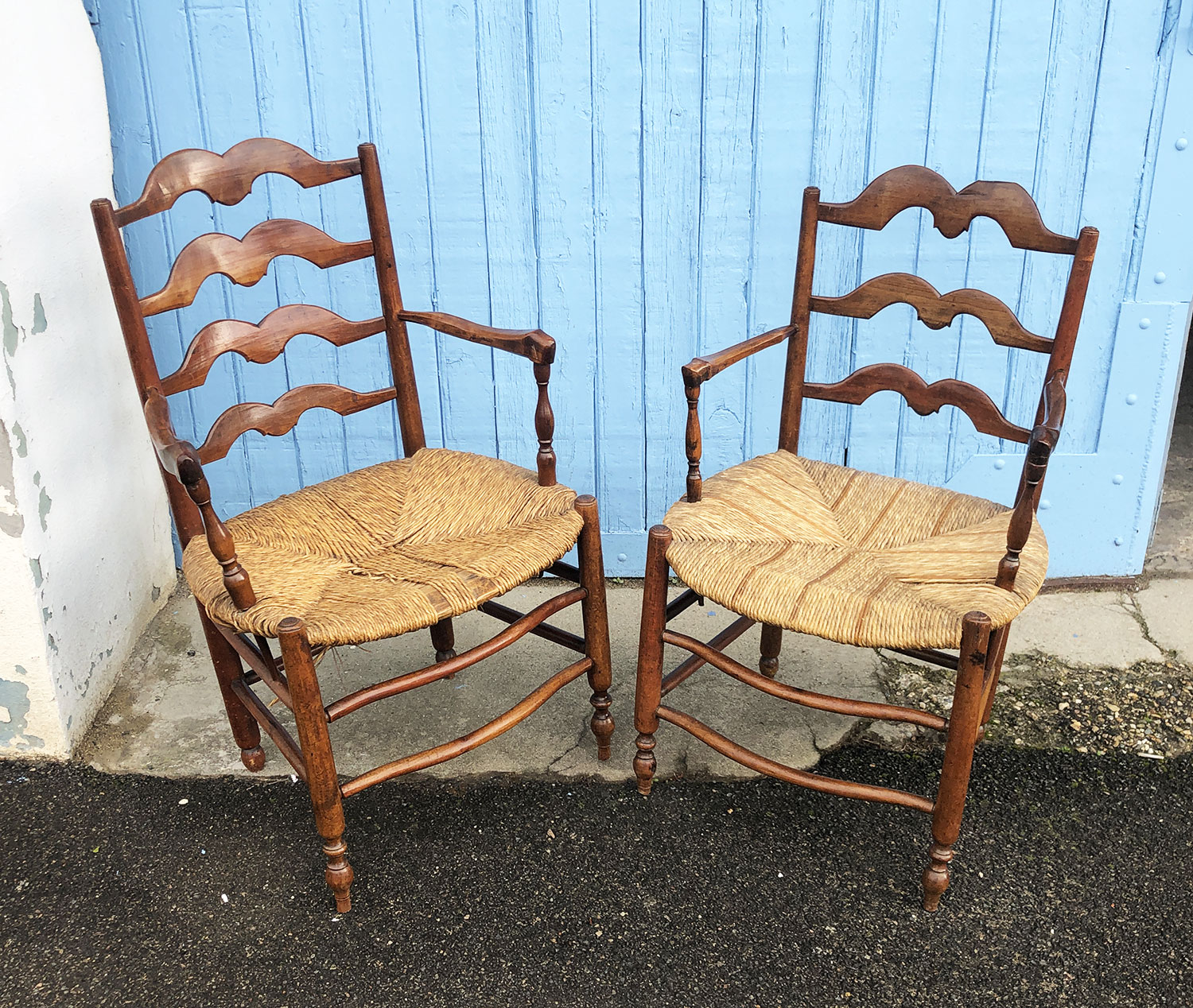
Marielle Brie
Art Historian for Art Market and Cultural Media
Author of the blog Objets d’Art et d’Histoire
Autres ressources et documentations
28 June 2025
Plaster Sculptures, Plaster Casts
For a long time, plaster casts suffered from a poor reputation. Often regarded as crude replicas, and sometimes even dismissed as inexpensive imitations, they nonetheless had…
17 April 2025
The Middle-Ages Furniture
Rare and highly sought-after, Middle-Ages furniture is making a strong comeback. An overview of this market, where enlisting the guidance of a professional is strongly advisable.
18 March 2025
Murano Glass Furniture
Since the beginning of the 20th century, Murano glassmakers have been exploring new horizons. After classic lighting and decorative art, Murano glass is now used to adorn…
16 December 2024
A bronze triton after the sculptures of François Girardon (1628 – 1715) in Versailles
This fountain element is all the more admirable as it is sculpted after the masterpieces of the Pyramid Basin, on the parterre of the North Wing of the Versailles gardens.
18 November 2024
Tyco Bookcase, by Manfredo Massironi, for Nikol International
A pure creation of optical art research in the 1960s, the Tyco library shelf designed by Manfredo Massironi invites the viewer to bring the work of art to life on a daily basis.
3 August 2024
The Ocean Liner Style
In the 20th century, the immense ocean liners connecting the Old Continent and the New World were ambassadors of tastes and innovations on both sides of the Atlantic.



